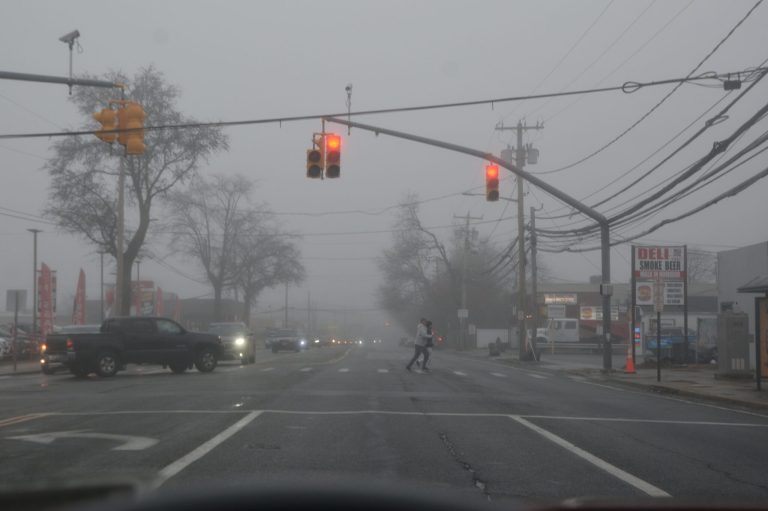
As the president readies himself to make his State of the Union address, I’m going to preempt him with my own but without those pauses every five seconds to wait for perfunctory applause to stop. My speech will not be based upon economic statistics and gun violence data but instead will be founded upon data from a single artist whose name is Gregory Crewdson. Every now and then an artist will appear who is able to channel the zeitgeist of the culture and produce work which reveals the truth about what we have become.
Way back in the 20th century the world experienced Jackson Pollack and his famous drip paintings, which channeled a post- World War II America brimming with hope, energy, bravado, aggression and youthful vitality.
So who in the 21st century can channel our new zeitgeist? I give you Gregory Crewdson, the director of Graduate Studies in Photography at the Yale University School of Art, who is now considered to be one to the world’s foremost photographers. He produces large-scale, panoramic photographs of suburban settings from rundown small towns, post-industrial apocalyptic landscapes or interiors often with the help of a crew of upwards of 100 or more. His photographs are more like movie productions and employ lighting directors, color experts and a production design team.
These large-scale photographs are variously described as dreamlike, forbidding, beautiful, mysterious and elliptical. But those descriptors are far too vague and don’t come close to revealing the true meaning of his work. The key motif of virtually all of his photos are humans who have the appearance of profound despair, alienation, existential isolation and hopelessness. His photos remind me of the two characters Didi and Gogo in Samuel Becketts’ famed existential play “Waiting for Godot” only without the energy to commit suicide.
Examples of Crewdson’s recent series entitled “Eclipse of the Moths” was shot in a dilapidated small town somewhere in the Northeast. One photo entitled “Red Star Express” is an eerie scene of three shoeless boys pausing in the middle of a street gazing at an abandoned truck on fire in a faraway parking lot.
In another photograph entitled “Starkfield Lane,” we see a man who has stopped his car in the middle of the street, has gotten out and stares at a fallen street lamp that is blocking his way. He has the appearance of being psychologically lost, sad and paralyzed.
Most of the photos in “Eclipse of the Moths” contain images of street lamps, which reminded me of Robert Lewis Stevenson’s essay called “The Lantern Bearers” where Stevenson paid homage to his childhood memories carrying a bullet lantern under his coat as some sort of game. References to light and fire was also used by Cormac McCarthy in his post-apocalyptic novel “The Road” and in the final scene of “No Country for Old Men.”
Gregory Crewdson is the great existential artist of our time. His images consistently reveal how humans feel lost, alone, helpless, confused, paralyzed, neglected and without hope. In time his work will be compared to Jean Paul Sartre’s “Nausea” with the angst-filled protagonist staring into a dark puddle. Crewdson’s work has clearly channeled the 21st century zeitgeist with these foreboding empty images of brokenness.
The current zeitgeist of anomie is due to many factors including information overload, the tsunami of social media and the bewildering electronic world we now live in. We all face the frightening power of artificial intelligence and the emptiness of conspicuous consumption and as the Rolling Stones aptly sang “I can’t get no satisfaction.”
To his credit, Crewdson does insert certain hopeful images of redemption and transcendence. There is a little bird inconspicuously placed on a vanity in one of his photos of a man and woman in a bedroom. Apparently they have just had a fight and she has the look of a lost and sad woman trapped in a cage she cannot get out of. But the bird is there to show her that it is possible to fly away someday. Similar to the ending of the film, “Birdman” where the hapless and confused actor/director played by Michael Keaton jumps from his hospital window to his death or does he fly away?
Many years ago conservative commentator William Buckley interviewed Groucho Marx and asked the comedian if he thought “life was funny.” Groucho paused for a moment and then said “If you get seven or eight minutes of laughs in a day, you are very lucky because the rest of the day is filled with pain, anxiety and suffering.” Groucho was another of those geniuses who comes along every 50 years or so to shed some light on the subject of being alive in today’s America. Cause if you can’t laugh a little at all this, you just may end up crying.
Let’s hear it for Gregory Crewdson, a guy who had the courage to plunge into the spiritus mundi and was the first to bring back the story of the 21st century.







